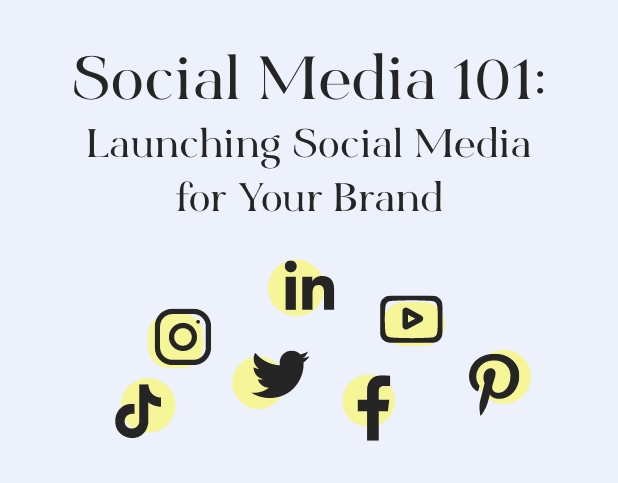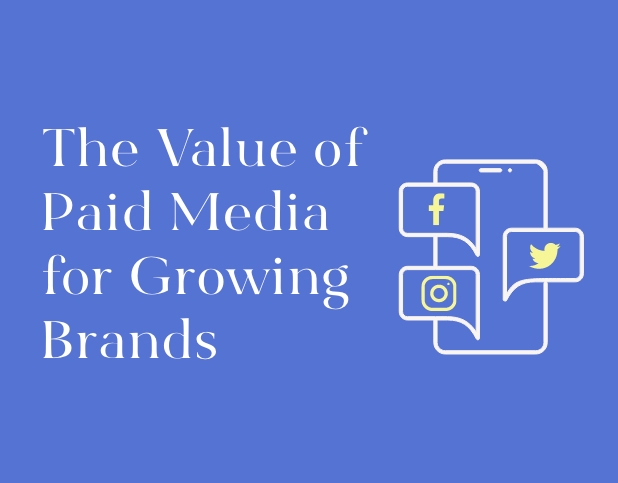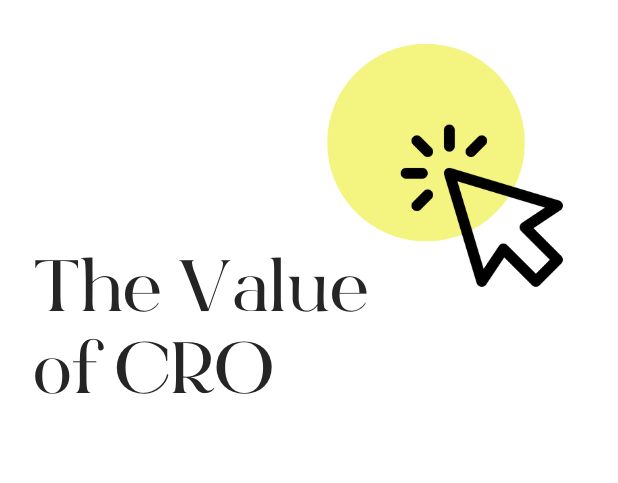If your business doesn’t have a digital footprint, then you’re missing out on massive opportunities for growth, customers, community and sales. Luckily, the days of having to post without a plan or purpose are over. BuzzShift is here to help guide you to take your social media presence to the next level.
What is Social Media Management?
Social media management is the process of pulling data and analyzing the results, evaluating your social media audiences and then developing a strategy that’s tailored to those particular audiences, creating and publishing content across channels, monitoring online conversations, collaborating with influencers, providing community management and monitoring, measuring and reporting on social media performances in order to tweak and optimize accordingly.
Why Is It Important?
Brands can leverage social media platforms to successfully drive their objectives across the marketing funnel, from raising brand awareness to increasing store visits. But, in order to accomplish this, they need efficient social media processes. Keep reading to see what steps you should take to enhance your social media presence.
Key Steps:
1. Conduct a Social Media Audit:
A social media audit will allow you to get a granular picture of what is currently working and not working with your social media strategy. It will break down what content registers with your target audience and which channels are most effective for your brand. It allows you to track key metrics such as engagement, impressions, reach and overall activity. Overall, it demonstrates the impact your social media platforms have on your web results.
2. Decide on the Right Social Media Platforms for Your Brand:
The next step would be taking a closer look at your target audience and core demographics. Based on who you are aiming to reach, you can begin deciding which platforms make the most sense for your brand. Here is a closer look at a few of the platforms we typically recommend utilizing:
Twitter:
Best for stirring up buzz around your brand and joining timely conversations. This can be helpful during real time events in order to be relevant and join into the conversation. Twitter can also be a great tool to showcase more of your brand’s personality and wit.
Facebook:
Best for reaching specific audience segments and turning leads into customers. It can be great for building community using Facebook Groups. This is also a better tool for reaching older audiences.
Instagram:
Best for building brand awareness and showcasing your brand in a visually appealing way. This platform is best for influencer campaigns and partnerships.
LinkedIn:
Best for sharing company initiatives and updates. This tool is designed for networking. Users can create their own forums for sharing industry knowledge and promoting thought leadership.
Tik Tok:
A great platform for reaching younger audiences or showcasing your brand’s personality. It’s a great tool for building brand awareness as well as showcasing a lighter, funnier side of your brand through videos, challenges and trends.
3. Get Discovered:
So, perhaps you already have a business account. If not, it’s time to create one. Then, let’s talk about making it discoverable. Having a buttoned-up Bio or About section on your platform pages is crucial not only for discovery, but also for introducing yourself to a new audience of potential customers. Take a step back and think about how you would present your business to someone who has no idea what you offer – this is exactly what your bio does for you. This is your quick elevator pitch and handshake all in one. Your chance to captivate your audience and attract new followers. It’s limited on characters though, so you need to get to the point right away. A few ideas of what to include in your bio:
1. What you sell.
Even if your entire feed only consists of photos of your product, this is your chance to reiterate what your brand stands for and what you can offer.
2. What makes you different?
Clarify your key differentiators. For example, do you sell hypoallergenic jewelry so people with allergies can still wear earrings? Share that right from the start and stand out!
3. Who you serve.
With over 25 million business accounts on Instagram, chances are there are a lot of brands selling similar products. Another way to make your feed stand out is to clarify who your products are for specifically.
4. Be Consistent:
It’s important to make sure you have a strong brand identity and that your posts all tie together, telling the same story. If someone sees one of your posts on their main feed, it needs to be branded enough that it’s obvious the post came from your account. Your messaging and tone need to be consistent and on brand as well so that followers know what to expect when they follow you.
5. Understanding the Data:
Are you tracking your results to see what is performing well? If not, you definitely should be! Tracking your results can paint a clear picture of what is resonating with your audience and what is not so that you can tweak accordingly. The key metrics we recommend tracking are the following:
- Impressions:
An impression is counted when a user views an ad or post. One user can count as multiple impressions. - Reach:
How many individual users have viewed an ad or post. - Engagement rate:
Engagements over impressions/reach (IG). The rate at which a user interacts with an ad or post. - Facebook engagement:
Number of times a user reacts, shares, or comments on an ad or post. - Instagram engagement:
Number of times a user likes, saves, or comments on an ad or post. - Twitter engagement:
Number of times a user likes, retweets, expands, replies, or clicks on a tweet. - Pinterest engagement:
Number of times a user saves or clicks on a pin. - YouTube engagement:
Number of times a user views, subscribes, likes, shares, comments, or clicks on a video. - YouTube view:
Number of times a user completes a video ad between 11 and 30 seconds long. A user watches at least 30 seconds of a longer video.
6. Remain Relevant:
It is crucial to your social media success to maintain relevancy across all platforms. This is especially important because each channel boasts its own “newest” features and capabilities. Make sure your team is honed in on the latest trends, platform updates and more in order to help with overall growth as well as customer sentiment and curiosity. With the ever changing nature of social media platforms, it is vital to remain knowledgeable about what consumers/followers are expecting and what will keep them engaged and entertained.
Now that we have walked you through the 6 steps to developing your social media presence, you should be ready to launch social for your brand! If you need additional guidance or are interested in connecting with an agency to conduct the process strategically, reach out today! Our strategists and social media managers know the ins and outs of social media and understand that the process is unique to each brand and industry.
About BuzzShift
BuzzShift is a digital growth strategy agency with a focus on mid-market, scaling, purpose-driven DTC Brands. By combining the ideologies of branding, performance marketing, and retention agency, we are able to create memorable experiences with measurable results, and build long-term success for our clients with scalable, sustainable growth. Learn more about BuzzShift.







